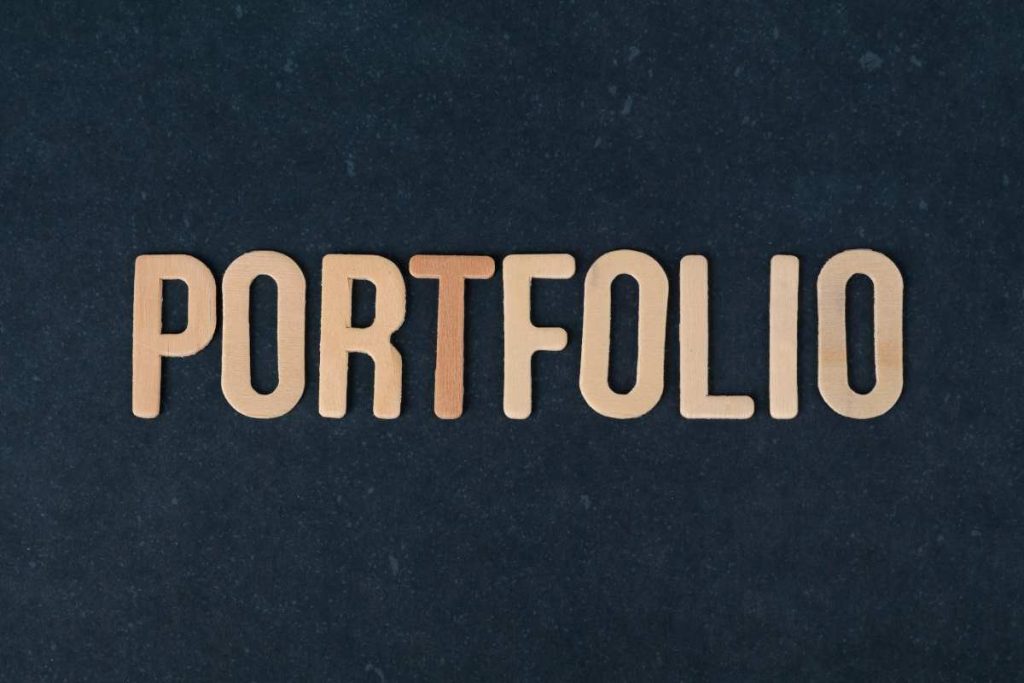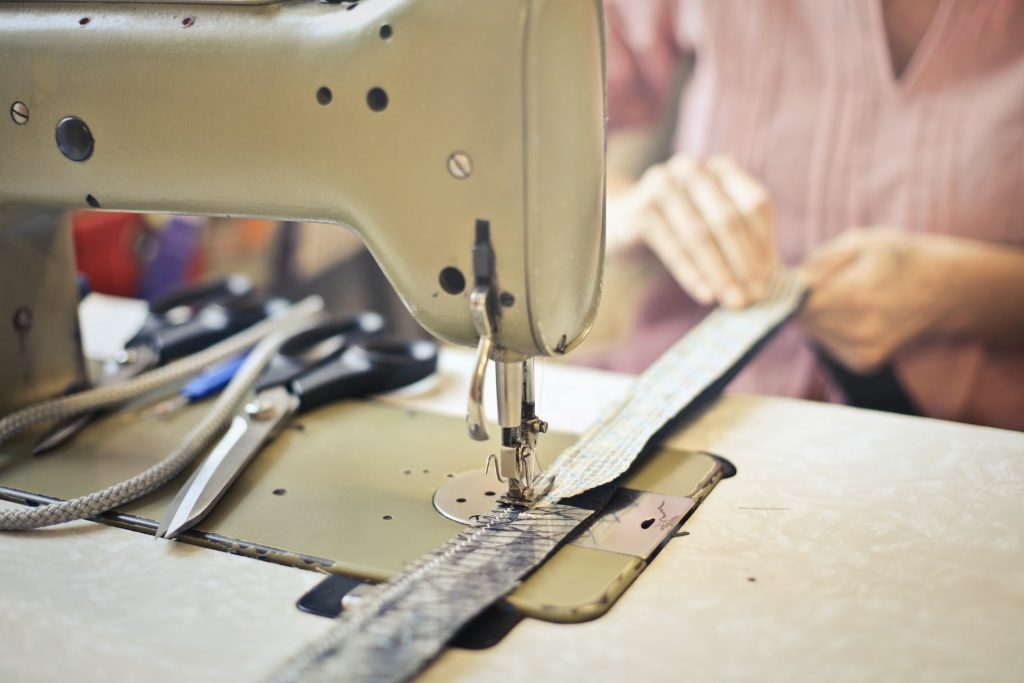Have you ever flipped through a fashion magazine and been struck by a sudden urge to create something amazing yourself? Or maybe designing your own clothes has been a childhood dream? Well, guess what? You don’t need a fancy degree to turn your fashion dreams into reality.
I, for one, am a self-taught fashion designer, and I’ve learned everything I know through dedication, online resources, and a whole lot of practice. In this article, I’m sharing 5 key tips that helped me on my journey. These tips will equip you with the knowledge and inspiration you need to start your path to becoming a self-taught fashion designer yourself! Now let’s get started!
Tip 1: Educate Yourself on the Fashion Industry

Ever wondered how fashion trends come about, or who the biggest names in design are? This is where you build your fashion IQ! Dive deep into the world of fashion by researching and learning about:
- Fashion History: Understand the evolution of clothing styles and how they’ve been influenced by culture and society.
- Current Trends: Stay up-to-date on what’s hot and what’s not in the fashion world.
- Key Players: Learn about iconic designers, fashion houses, and industry influencers.

Don’t just stop there! Understanding the dynamics of the industry is crucial. Explore:
- Fashion Cycles: How trends are born, evolve, and eventually fade.
- Consumer Preferences: What people are looking for in clothing and how their needs change.
- Emerging Markets: The rise of new fashion hubs and consumer demographics.
Resources like online courses, fashion documentaries, and even blogs written by industry professionals are all at your fingertips. By familiarizing yourself with the industry landscape, you’ll not only gain a strong foundation but also discover where your unique design aesthetic might fit in.
Tip 2: Understand Sewing and Basic Garment Constructions

Transforming your dream designs into wearable garments requires mastering the fundamentals of sewing and construction. This doesn’t just mean operating a sewing machine (although that’s a valuable skill too!). Here’s where you build your construction knowledge:
- Learn Sewing Basics:
- Master essential hand and machine sewing techniques like straight stitch, backstitch, and different seam types (flat fell, French seam).
- Grasp Garment Construction:
- Learn how to take accurate body measurements, a crucial step for creating well-fitting clothes.
- Utilize existing patterns to get started – there are many resources available online and in stores.
- Explore drafting simple patterns yourself such as: a skirt or even a Tote bag (which is one of the first pattern I drafted)
Search for Resources:

There are numerous resources available to help you on this exciting journey:
- Explore a vast amount of free online tutorials that break down sewing techniques step-by-step.
- Consider enrolling in a sewing class at a community center or local fabric store, where you can get hands-on practice with a supportive instructor.
- Invest in instructional books and guides offering detailed explanations and visual aids to enhance your learning.
Remember, even the most celebrated designers started by mastering the basics. Embrace the learning process, practice diligently, and don’t be afraid to experiment!
Tip 3: Create Your Fashion Portfolio

Why You Need a Fashion Portfolio:
Your fashion portfolio is your most powerful tool for capturing attention and landing opportunities in the competitive fashion industry. It acts as your visual resume, giving potential employers, collaborators, or clients a glimpse into your design sensibilities, technical skills, and overall creative direction.
Here’s how to build yours:
- Content is Key:
- Fashion Sketches: Showcase your design concepts through flat sketches and detailed illustrations.
- Technical Flats: These detailed drawings provide a blueprint for your garments, including specifications on construction and materials.
- Photos (if applicable): Include high-quality photos of your finished garments if you have any. This brings your designs to life and showcases your construction skills.
- Mood Boards: Visualize the inspiration behind your designs using mood boards that incorporate colors, textures, images, and anything that captures the essence of your collection.

- Presentation Matters:
- Consider creating a digital portfolio website using platforms designed specifically for showcasing creative work.
- If you prefer a physical portfolio, invest in a professional presentation binder or folder.
- Maintain a cohesive visual style throughout your portfolio to create a strong first impression.
Remember, your portfolio is a dynamic piece that can evolve as you create new designs. Don’t be afraid to update it regularly and keep it current with your latest work!
Tip 4: Get Inspired by Other Self-Taught Designers

The journey of a self-taught fashion designer can feel like venturing into uncharted territory. But fear not, fellow fashion enthusiast! There’s a whole world of inspiration and support waiting to be discovered. Here’s how to connect with other self-taught designers and ignite your creative spark:
- Learn from Others: Surround yourself with the success stories of self-taught designers who have paved their own way. Their experiences and journeys can be incredibly motivating and offer valuable insights. Explore resources like:
- YouTube and Instagram: Utilize relevant hashtags like #selftaughtfashiondesigner or #independentdesigner to discover a wealth of inspiring content created by self-taught designers.

- Online Design Communities and Forums: Look beyond social media and delve into online forums and groups dedicated to fashion design and DIY sewing. These communities offer a fantastic space to connect with peers and:
- Share your work and receive constructive feedback.
- Learn new techniques or gain insights from others on a similar path.
- Find a sense of belonging and camaraderie with a community that understands your design passion.
- Documentaries or Interviews: Seek out documentaries or interviews featuring self-taught designers who have carved their own successful paths in the fashion industry. Their stories can be incredibly motivating and fuel your own creative fire.
Surrounding yourself with other passionate individuals who are also navigating the world of self-taught fashion design can be a game-changer. It’s an opportunity to discover incredible talent, innovative ideas, and a supportive network that will keep you motivated and inspired on your design journey.
Tip 5: Share Your Work on Social Media

The fashion world thrives on visual storytelling, and social media provides the perfect platform to showcase your work, connect with a wider audience, and establish yourself as a designer. Here’s how to leverage its power:
1. Choose Your Platforms Wisely:
- Consider which platforms best suit your design aesthetic and target audience.
- Instagram excels at showcasing high-quality photos of your garments and design process.
- Pinterest allows you to create mood boards and curate inspirational content.
- TikTok can be a fun way to share short, engaging videos that capture the essence of your brand.
2. Become a Content Creator:

- Post consistently: Maintain a regular posting schedule to keep your audience engaged.
- High-quality visuals are key: Invest in good lighting and photography to showcase your designs in the best light.
- Variety is key: Experiment with different content formats – post flat sketches, photos of finished pieces, behind-the-scenes glimpses, or mood boards that capture your design inspiration.
- Engage with Your Audience:
- Respond to comments and messages promptly.
- Host Q&A sessions or polls to spark conversations and get to know your audience better.
- Run interactive challenges or contests to boost engagement.
By actively sharing your work and fostering a community around your brand, you’ll not only gain valuable exposure but also build a loyal following of supporters who are excited about your design journey.
Conclusion

So there you have it, aspiring fashion designer! These 5 tips are just the beginning of your incredible journey in the world of self-taught fashion design. Remember, the key is to embrace the process, keep learning, and most importantly, have fun!
What are your biggest inspirations for becoming a fashion designer? Share your thoughts in the comments below! We can’t wait to hear from you and be part of your exciting fashion design adventure.



